The Sena doesn’t want to burn bridges with either its State allies or the Central BJP leadership
Ever since the Maharashtra Aghadi Government assumed power as an unlikely coalition of divergent ideologies — the Shiv Sena, the National Congress Party (NCP) and the Congress — there has been much speculation about its lastability. Particularly, the BJP, which lost out the power race despite being the single largest party because of its refusal to accommodate the Shiv Sena, leaves no opportunity to rile up the inherent tensions in the alliance. Which is why Chief Minister and Shiv Sena leader Uddhav Thackeray’s flip-flop on some of the most contentious issues like the Citizenship Amendment Act (CAA) and the National Population Register (NPR) feathers the split theory considering both the Congress and NCP are vociferously against them. But when both NCP chief Sharad Pawar and Shiv Sena leader Sanjay Raut have assured that the alliance government will last five years, it points to a rationalisation of politics at the grassroots level. So the three parties, realising each needs the other to stay relevant, have successfully dissociated the local contexts from the national one. And although they have been long-standing foes for over a quarter of a century over local issues, they are desperate to prop each other up to stay in governance.
The Shiv Sena, being ideologically on the Rightist end of the spectrum, cannot disown the moorings of what made it. It has already successfully rewired nationalism as a definition of Marathi pride. But not quite sure about its run in a convenient arrangement, it doesn’t want to exactly burn bridges with the top BJP leadership. To expect it to discard its Right-wing face completely would be wishful thinking. So though he had initial reservations on the CAA, Uddhav is siding with Prime Minister Narendra Modi’s interpretation of it not being against Indian Muslims. The NCP and the Congress are against the exclusionary intent of the CAA, which violates the Constitutional guarantee of equality of all religions. Similarly, Uddhav, while vociferously opposing the profiling-based National Register of Citizens (NRC), is going soft on the NPR, although that is largely being seen as a precursor to the NRC. By walking the thin line, Uddhav is also publicising that he is with the Centre on issues that wouldn’t hurt his State. Also, he probably wants to peg the Common Minimum Programme (CMP) on development rather than bringing in the national debate on Hindutva versus secularism. The illusion of calm within the Aghadi was blown off earlier with the Sena favouring an NIA probe into the Elgar Parishad case and NCP-Congress expressing strong dissatisfaction over it. His visit to Ayodhya and the Veer Savarkar issue was hugely discomforting for his partners, too. But such uneasy equations will continue and each party will clench their teeth and fists, knowing the importance of keeping the Government intact. The Sena knows the role of the Congress and the NCP in getting it the chief ministership. The NCP knows it can encash its role as the mediator from both sides. Letting go of the Government and risking the desertion by its regional leadership are the last mistakes the Congress would want to commit. If the alliance is to stay though, it is in the best interest of all three parties to stick to the CMP and not peak out of turn. Else, they could fall to the hawkish plans of the BJP, which loses no opportunity to embarrass the Sena among its core voters. And if they do not budge, they will turn the BJP’s dream of the Aghadi crumbling under its own weight into a reality. Unless its back channel diplomacies are making the Sena leaders have second thoughts.







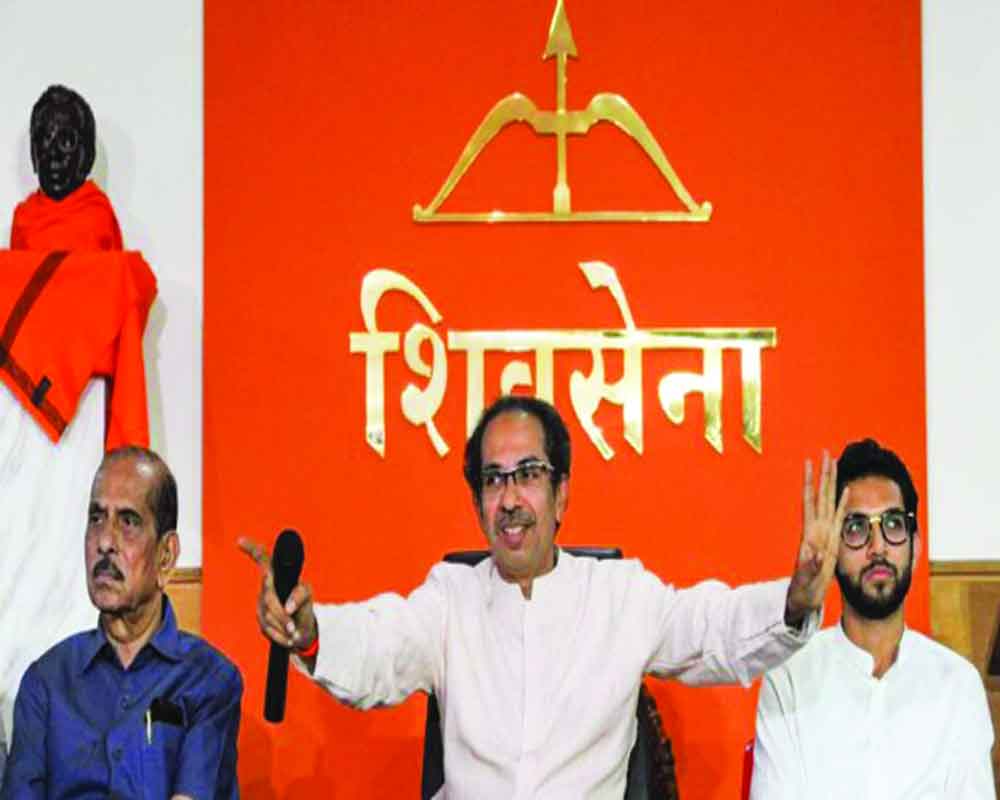
 OpinionExpress.In
OpinionExpress.In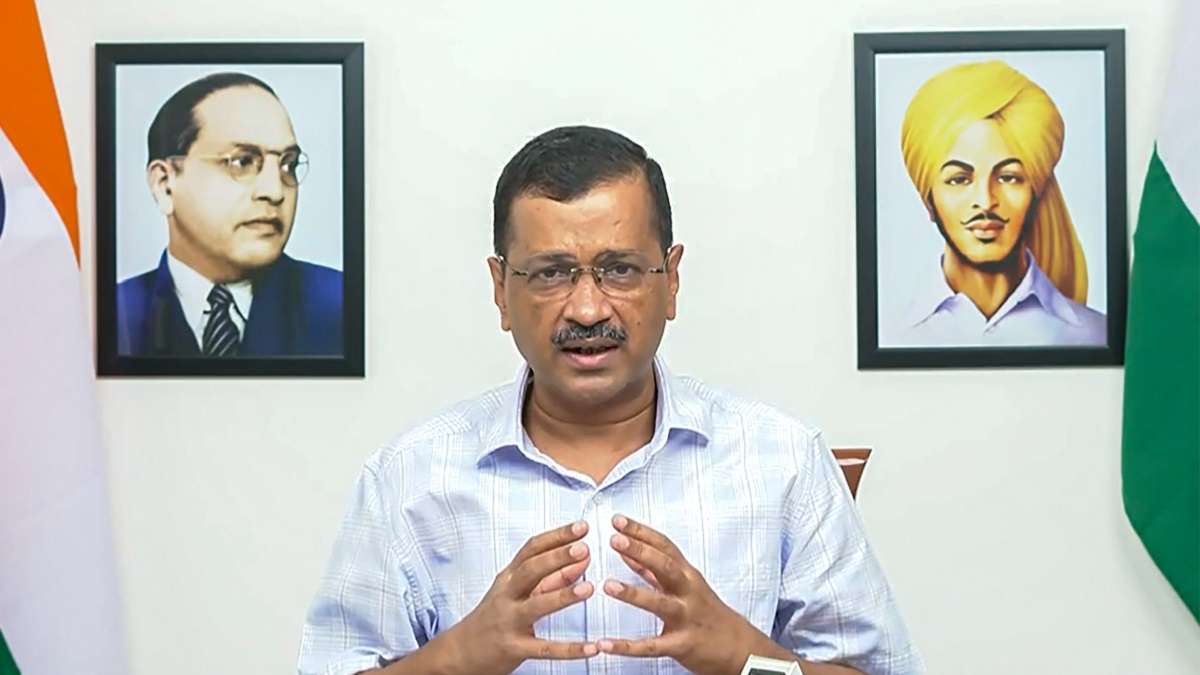
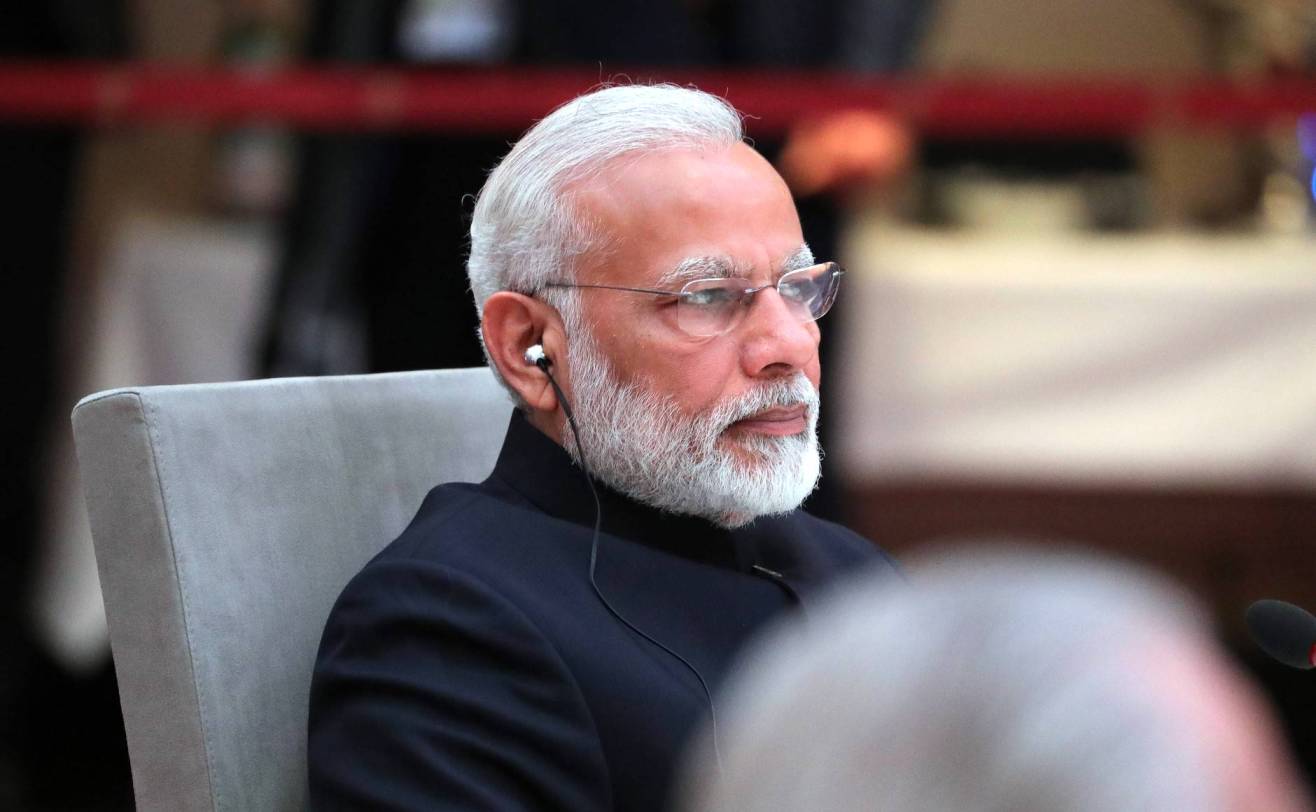

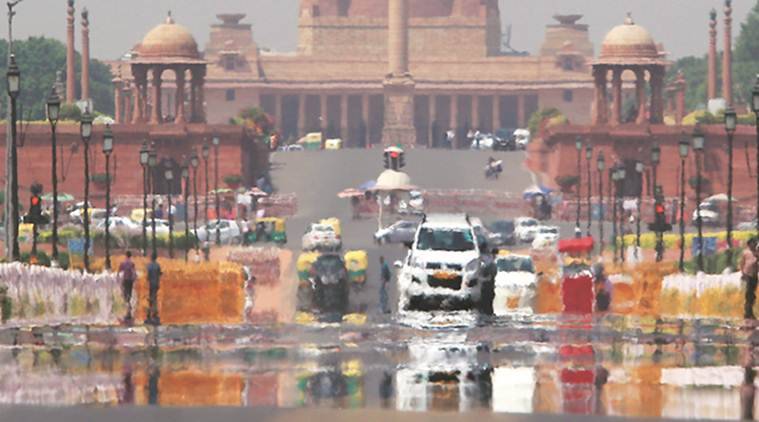
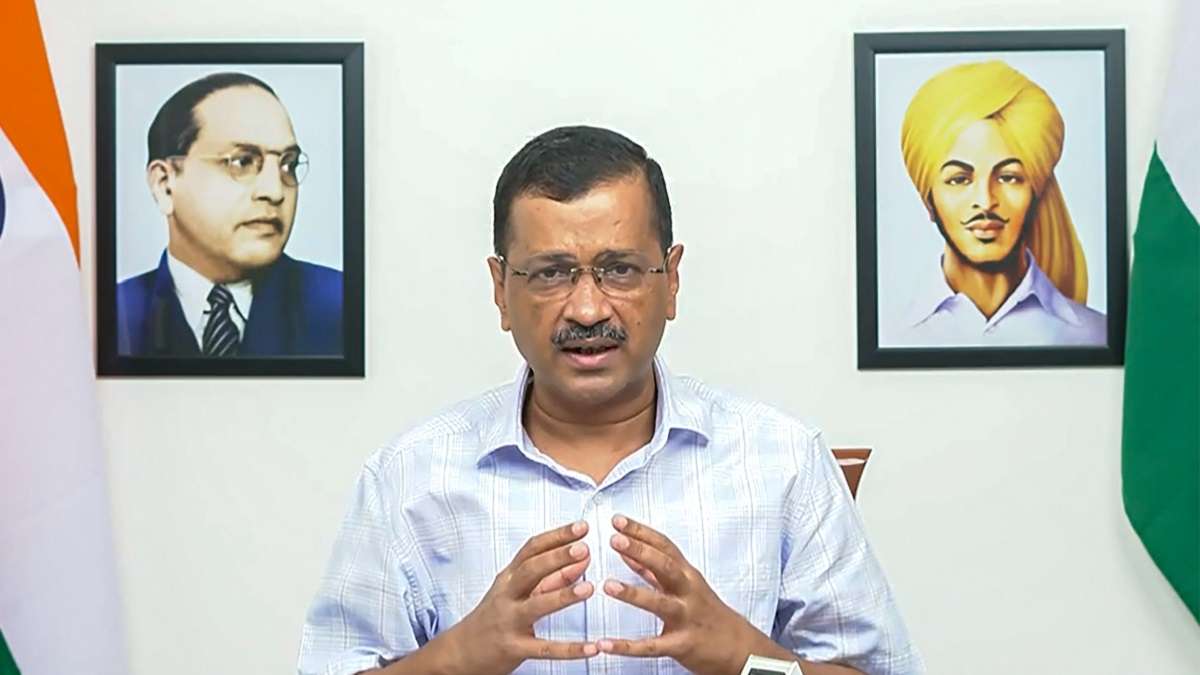
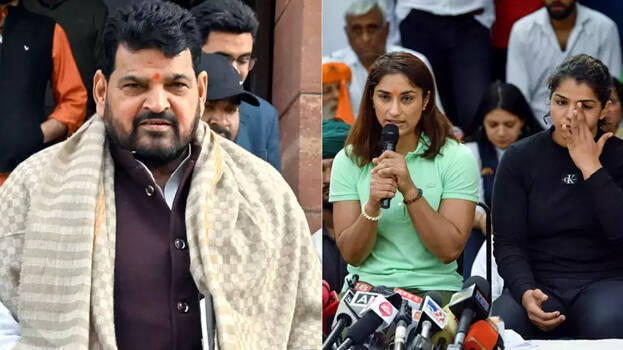

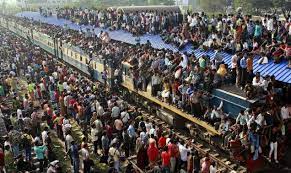
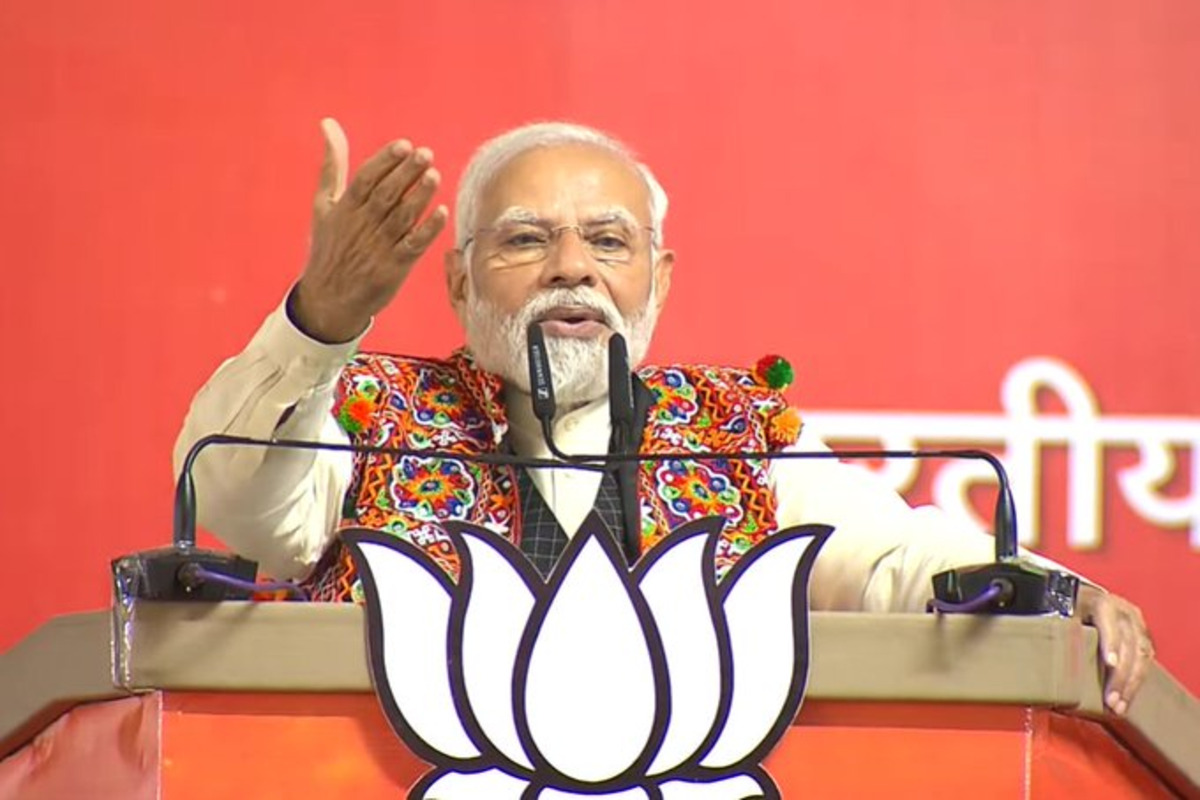
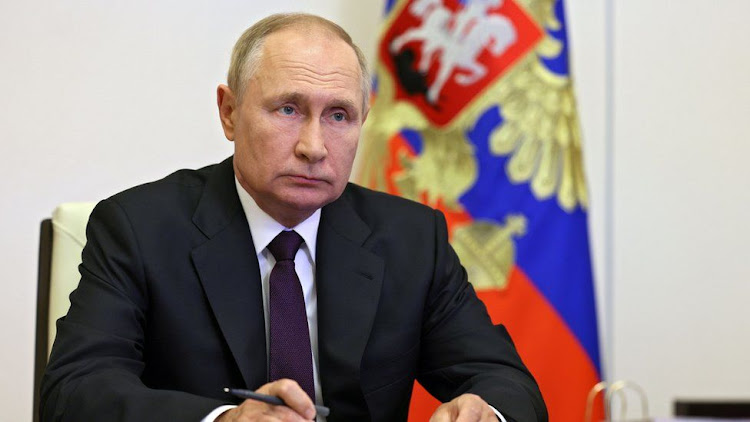






Comments (0)